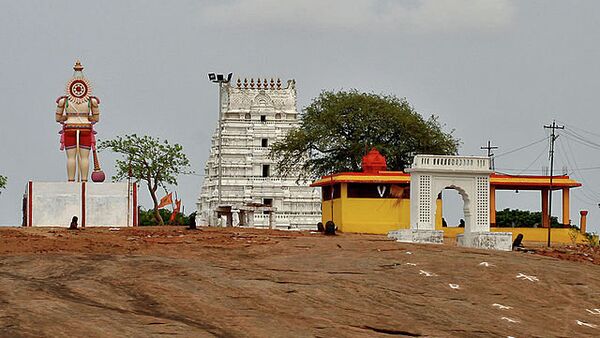MOSCOW, October 21 (RIA Novosti) – Twelve statues of Jain Tirthankara idols which could date back to as early as the 4th-5th century AD, have been found at Keesaragutta temple on the outskirts the Indian city of Hyderabad, Indian media reported on Tuesday.
"Twelve panchaloha idols of the Jain Tirthankaras were unearthed during the course of conservation work 18, while the pathways were being laid between two temples near steps at a depth of one foot," the media quotes the director of Archaeology and Museums (Telangana), B Srinivas as telling reporters.
Objects made from Panchaloha are composed of five metals of some sacred significance, and are often used for making Hindu temple idols.
"Twelve idols of varying sizes, along with loose circular prabharahs (auras), circular parasols of different sizes, pedestals and broken elephant have been found.
All the bronzes (idols and other artifacts) are in the Kayotsarga posture (the so-called “dismissing the body” posture, when an idol is depicted standing stiffly) with a hook behind to accommodate chhatras (parasols) and 'prabhavali'," he explained. A Prabhavali is an aura around the deities, Srinivas added.
Judging by the symbols on the chests and on the heads of the idols, the statues of the idols can be dated back to 4th-5th century AD, concluded the director of Archaeology and Museums.
This is the first time “that the idols of Jain religion have been recovered in Keesaragutta, which proves that [the religion of] Jainism co-existed with Hinduism at Keesaragutta during the time of Vishnukundins in the 4-5th century," the official said, adding that chemical treatment would be conducted on the idols.
Keesaragutta, also known as Kesaragiri, is a range of hills that are about 300 feet high (slightly above 90 meters) that rise from the planes; there are flat and undulating areas over the tops of the hills. The temple was enclosed by a fort wall which was constructed during the Vishnukundin period (an Indian dynasty that controlled parts of the country during the 5th and 6th centuries AD).



